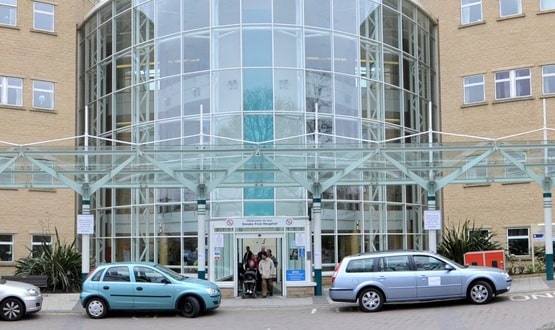‘Stop knocking progress’ on EMRs
- 4 March 2010
![]() Coverage from HIMSS10
Coverage from HIMSS10
Dave Garrets, the head of HIMSS Analytics, has said that reports criticising the lack progress being made by US hospitals in implementing Electronic Medical Records are untrue.
In 2005, he said 51% of hospitals said they were implementing components of an EMR. By 2010, that figure had reached 84%. Most hospitals now have key foundations in place, including a clinical data repository.
Speaking yesterday at HIMSS10 in Atlanta, Garrets said the latest figures on EMR adoption show the picture was complex but there are signs of rapid progress in some areas.
Despite this, he warned that many hospitals would still miss the US government’s ‘meaningful use’ criteria for EMR incentive payments under the America Reinvestment and Recovery Act (ARRA).
Garrets said that based on their current position, many hospitals should be able to hit the initial criteria set for stage one by the end of 2011, which focuses on getting to 10% use of computerised physician order entry systems.
But the two later stages in 2013 and 2015 would be far tougher, with many hospitals having no realistic prospect of achieving the criteria.
“I think it’s very problematic the later stages 2013 and 2015. A whole bunch of people got to make a whole bunch of progress to get up to stage.”
Focusing on CPOE adoption, Garrets said the figures over the last five years suggested that many hospitals found implementation tough.
In 2005, 10% of hospitals said they had CPOE live and operational, and13% had contracted to implement it but not installed it.
By 2010, 24% were reporting being live and operational, and 14% contracted but not installed, while 51% said they were not automated on order sets.
“I think that number will shrink like mad. Will see a lot of organisations buy off shelf as it’s in meaningful use,” said Garrets.
He said hospitals not yet automated would struggle to meet the meaningful use targets by the end of 2011, and expressed astonishment that so many hospitals – particularly big teaching hospitals – had still not grasped the nettle.
“By 2005, some 31% of academic medical centres had CPOE implemented and 69% didn’t. I find that mind blowing. By 2010 the number was up to 61% – but that should have been higher – that’s 39% that still haven’t.”
Garrets said that one of the most encouraging trends being seen is that more and more hospitals were now able show how they achieved return on investment on EMRs.
“You’ve got to get ROI out of your EMR – and that’s been problematic. But are now seeing a replicable number of orgs showing you can get ROI.”
He added that some of the most sophisticated and successful implementations of the most advanced EMRs were coming from hospitals that were smaller and didn’t have deep pockets.
“We’re now finding organisations that have done this with resources most of us do have.”




